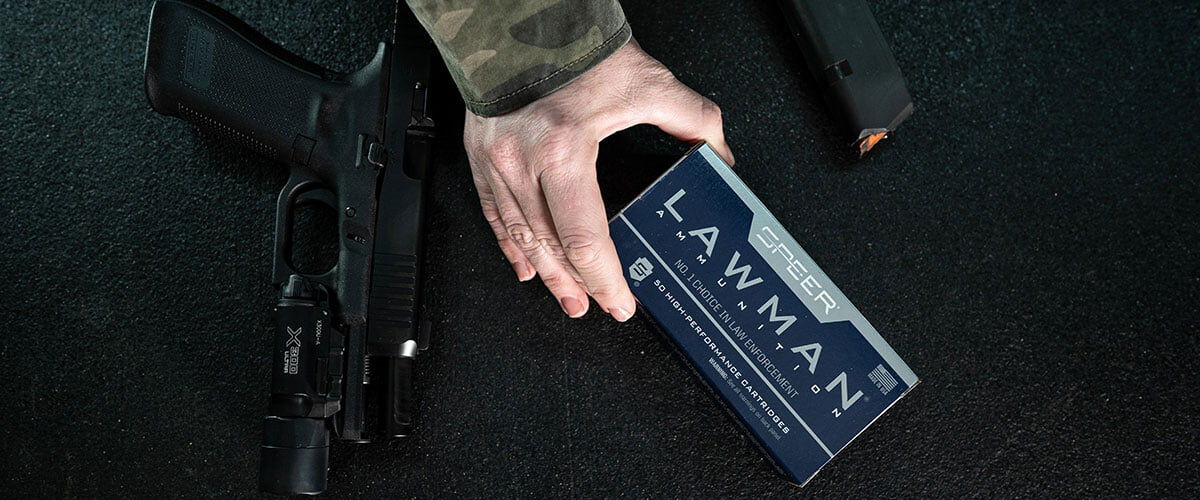
Every gun owner enjoys going to the range and firing some rounds, and that’s often lumped under the umbrella of training. But true training differs considerably from simply popping a few shots.
“I would say the average individual who owns a firearm doesn’t shoot but maybe once a year,” says champion competitive shooter Todd Jarrett. “They might go out and shoot 50 or 100 rounds with a pistol or maybe 25 or 50 rounds with their carbines. Then there are people in the middle who might shoot 1,000 or 2,000 rounds a year who are trying to get better but don’t know what direction to go in. That individual really doesn’t understand how to train.”
Get Started
The first steps toward serious training often begin when a gun owner consults someone in a third group of shooters: pros, many of whom shoot 80,000 to 100,000 rounds per year. Professionals can offer shooters at any level advice on technique, equipment and practice habits.
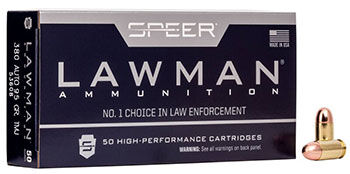
Lawman
Train with purpose. Speer Lawman provides a similar feel and point of aim as defense ammunition, as well as a TMJ bullet for cleaner shooting.
Buy Now“Those pros are the ones you want to seek out,” Jarrett says. “And if you shoot a couple of thousand rounds a year, you should go and take a class from somebody every two to three years to keep up your skills.”
Jarrett says there are currently more quality training facilities in the country than ever, including Staccato Ranch in Texas, Prairie Fire in Nevada and Gunsite Academy in Arizona. And if travel isn’t an option, local training facilities can provide quality instruction as well.
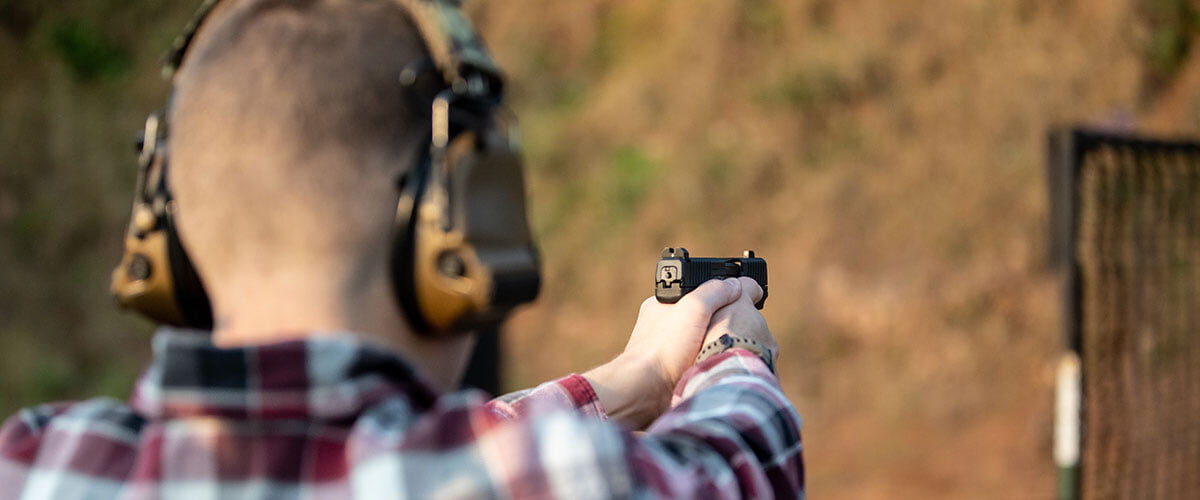
“If you’re interested in increasing your skill set, whether through a training class or competition class, there are tons of organizations or local clubs out there you need to find,” he says.
Shooting For More
Of course, shooters must put in time at the range to maintain and improve their skills. Jarrett says that involves using techniques and best practices learned through classes or from more experienced shooters. Equipment is also a critical consideration. Shooters must have quality ear and eye protection. They should understand how to break down and clean their weapons. And especially for self-defense, they should understand how their gun performs with defensive ammo, not just range ammunition.
“If you’re going to shoot defensive ammo, the most important part to understand is how it’s going to operate in your gun,” Jarrett says. “You need to shoot more than five to 10 rounds to understand how it will operate. I want to know exactly where my gun is printing out. I need to know exactly how that gun is going to operate, because it will operate differently with defensive ammo versus range ammunition”
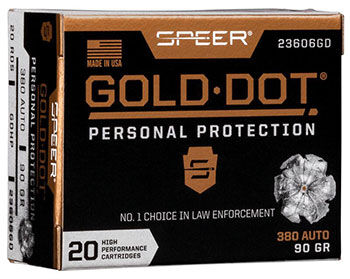
Gold Dot
Defend with the ammunition that’s been the benchmark for both self-defense and duty use.
Buy NowJarrett likes to zero defensive ammo at about 15 yards. He recommends using a relatively larger target to fully understand how the gun shoots at 5 to 15 yards, and how control and recoil affect performance. He also suggests that shooters training for self-defense practice with a timer, even if it’s just an app you download on your smartphone.
“A timer is a great tool to be able to understand how fast you’re shooting, what your reaction times are, how you can control the gun for target acquisitions and of course for shooting distance,” he says. “Should I grip the gun harder? Can I control the gun? A timer will tell you if you can increase your speed by gripping the gun harder.”
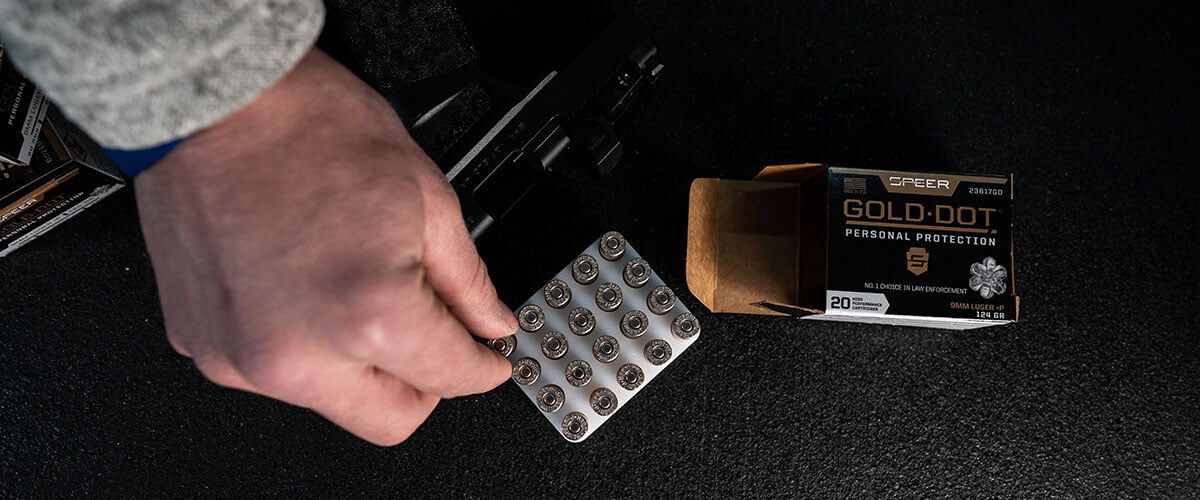
In addition, concealed-carry holders should practice with their carry holsters.
“It’s important to understand how long it takes to get the gun out and present it to the target properly in a certain amount of time,” Jarrett says. “Holsters make a difference in how you use them. If you like a holster you have, stay with it, and make sure it’s your everyday carry. When you practice, don’t switch off with multiple holsters or positions. That holster position is something that needs to become second nature to you.”
Above all, practice. Just make sure you train intelligently and with the right gear to improve your shooting skills.